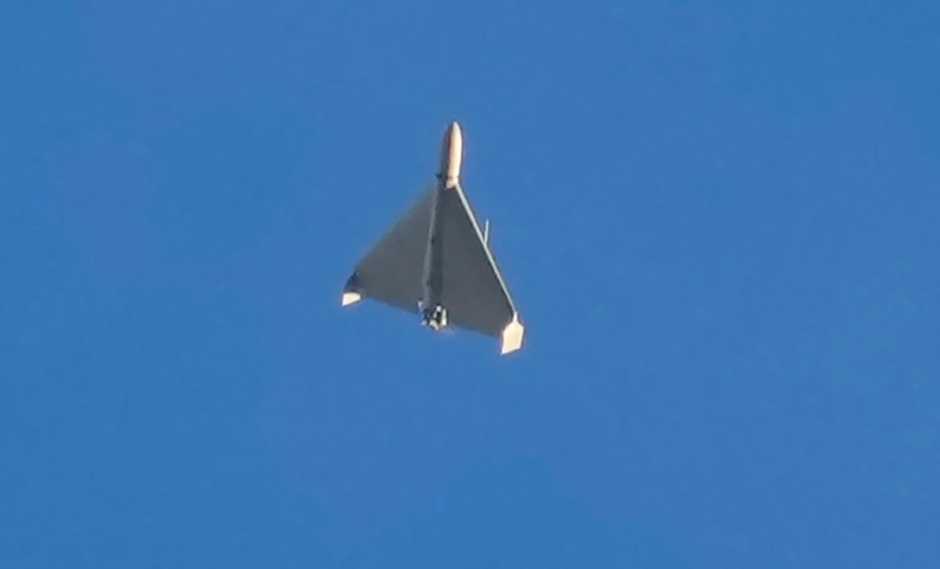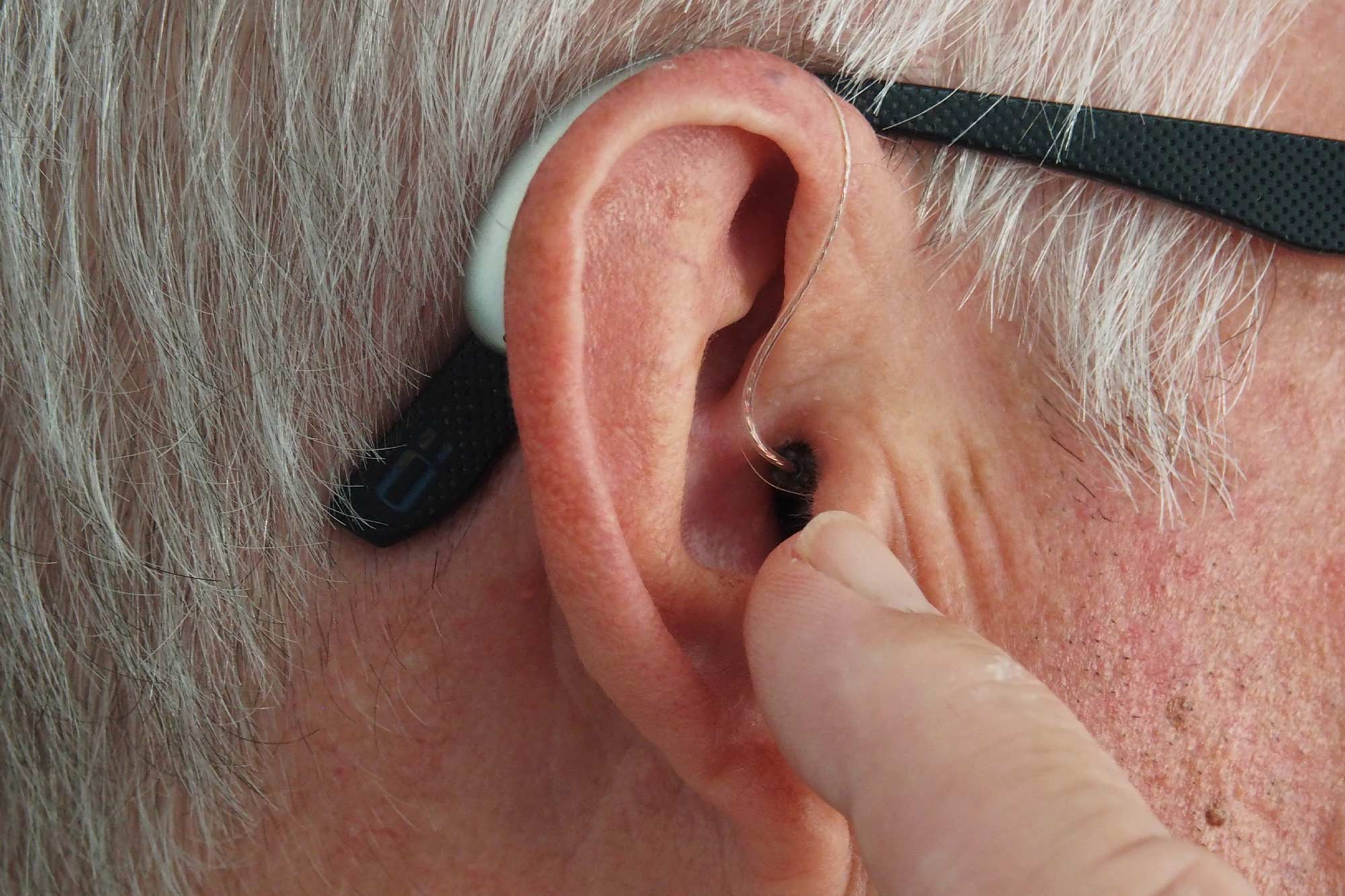The performance of solar panels depends largely on the angle at which they are exposed to sunlight. Until now, it is believed that most of the energy is produced in the south of the south, where the intensity of sunlight is greatest at noon. However, ELTE researchers found that in Hungary, solar panels should not be oriented south, but somewhat east, depending on their angle of inclination, which could lead to a power surplus of up to 5 percent in the case of vertical panels. Sunflowers led researchers to this realization – read in a statement Eötvös Loránd University sent to MTI on Monday.
According to the report, it has long been known that mature sunflowers face east. This phenomenon has been explained in many different ways over time, but none of the hypotheses has been experimentally proven. In 2020, ELTE researchers were the first to suggest that the eastern direction of flowering may be caused by light conditions at the plant’s breeding site.
Using astronomical, meteorological and plant physiological data, Gabor Horvath and colleagues determined the light energy absorbed by the inflorescence and the mature sunflower head appeared between the onset of flowering and the full maturity of the seed and found that most of the light energy.
Additional energy benefits from sunflowers: it stimulates seed growth, speeds up the morning evaporation of condensing dew on flowering, reduces the risk of fungi and attracts active pollinators in the morning.
The researchers’ next question was whether the sunflowers were facing the geographic east or the constantly changing current azimuth direction (measured from geographic north) at sunrise. It was found that the average azimuth angle of the inflorescences is the same as the geographical east direction and differs significantly from the azimuth angle of the local sunrise. “The drone study also showed that the researchers were moving in the right direction when looking for an ecological visual explanation for the phenomenon. In two of the 14 sunflower fields examined, they found that the azimuth direction of the inflorescences was somewhat different from that of the land flowers. low,” they wrote. Adding that these plates are located on a hillside, and the lighting conditions in mountainous places differ from those in lowlands, where one of the hills is exposed to direct sunlight at different angles from the horizontal area. In addition, the researchers found that the shade of the surrounding trees also affects the direction of the inflorescences.
After the researchers demonstrated the light-increasing behavior of sunflowers, they set out to investigate whether their observations on sunflowers could hold true for solar cells as well.
“In the Northern Hemisphere, stationary (i.e., fixed and azimuthal) solar panels traditionally face south because the prevailing view is that the south orientation provides the most solar energy.
According to the report, using astronomical knowledge of the Sun and meteorological photometry data averaged over the past decade, researchers at Eötvös Loránd University have determined how much light energy is absorbed by the surface of a stationary solar cell in one year.
The study spanned three US territories (Boone County, Kentucky, Tennessee, and Georgia) and three European regions (Central Italy, Central Hungary, and Southern Sweden).
It has been found that the ideal orientation for solar panels in southern Sweden alone is the traditional geographic south, because the morning and afternoon periods are equally overcast on the annual average. However, in other regions, it is more appropriate to shift the solar panels a little to the geographical east, as in these regions the afternoons are on average more cloudy than the mornings. It also follows that in regions where the morning averages are more cloudy than the afternoon averages per year, the ideal orientation of the solar panels turns slightly to the west.
(MTI)












































